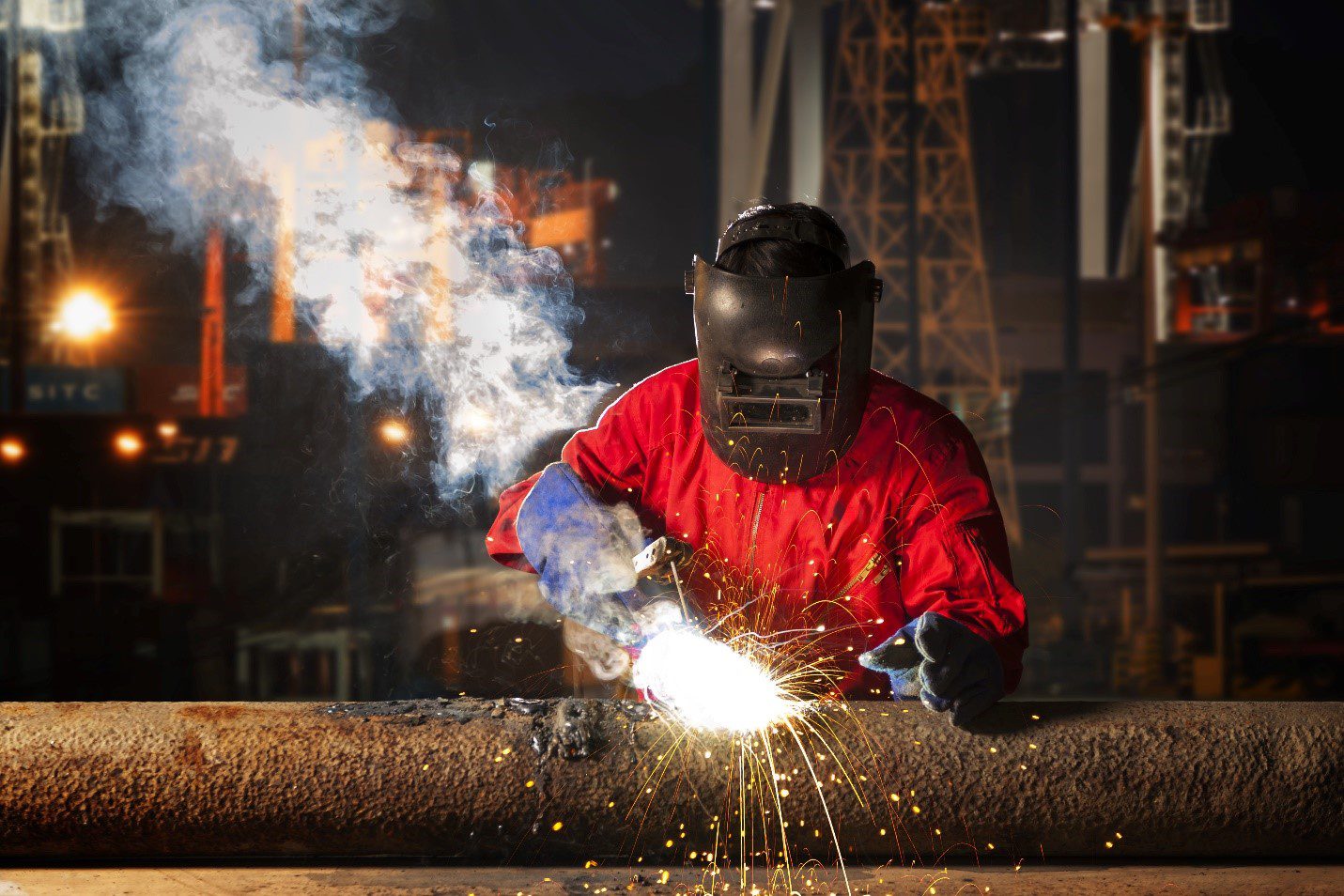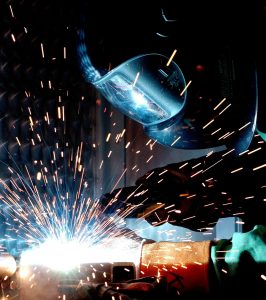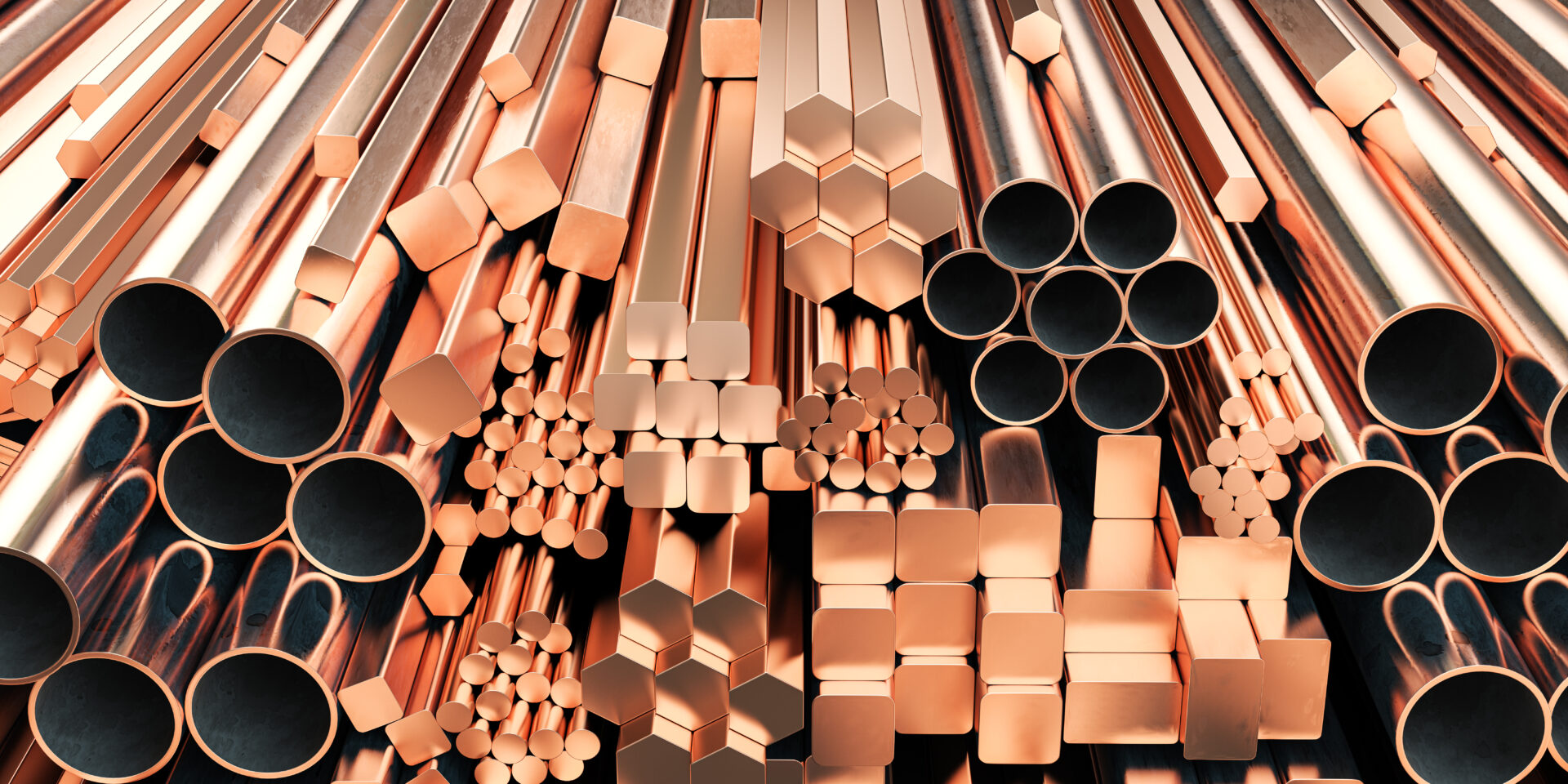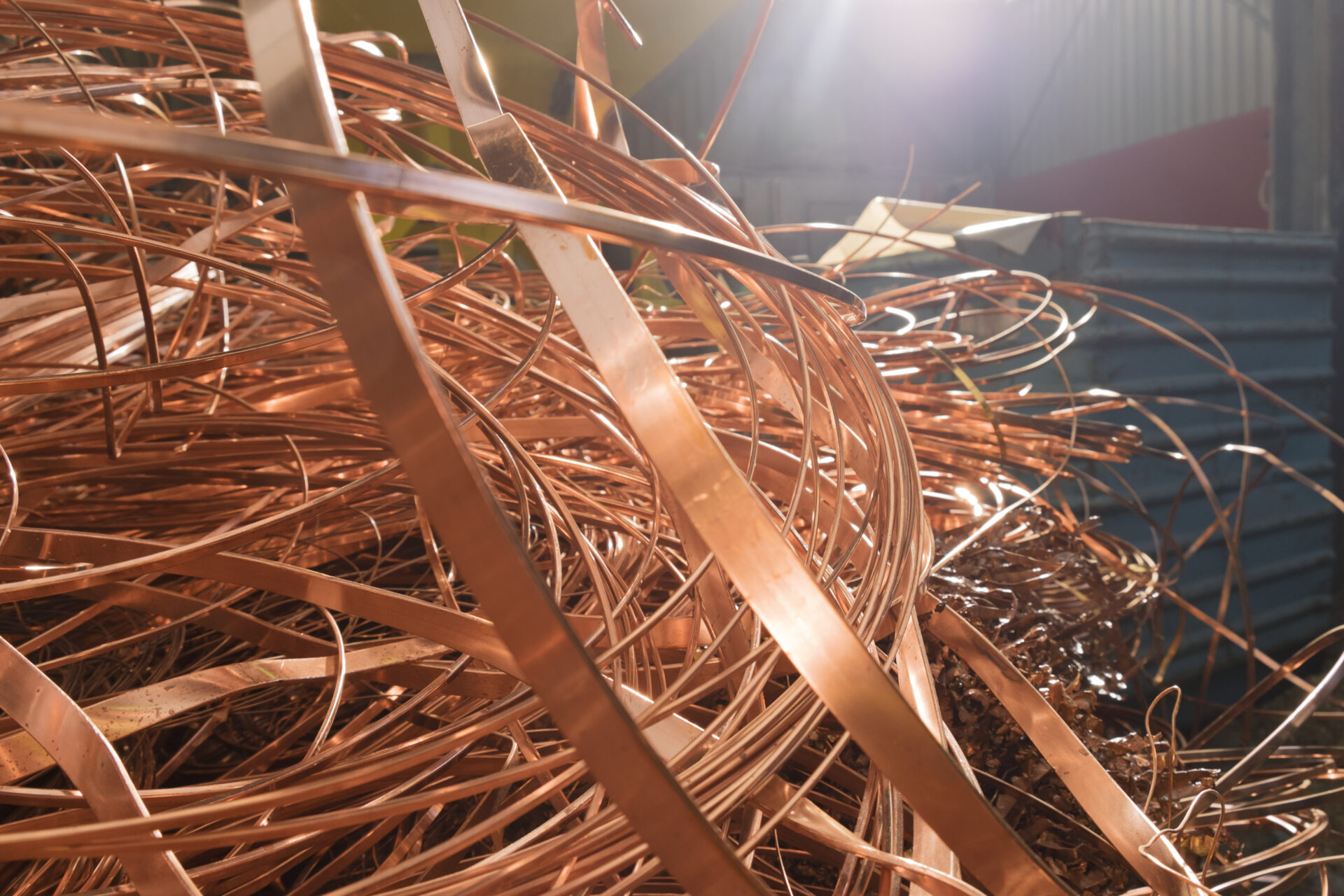
Manufacturing plants have great recycling 0pportunities; for a lot of plant operators, one of their tasks is to spend time gathering scrap from the production process so it can be discarded. At times, they might feel more like a garbage collector than a plant manager.
Because there’s no doubt that a certain amount of scrap is going to be generated during production. And plants don’t want any excess amount of scrap piling up.
But every plant manager should know the enormous value that scrap actually offers them. It’s been said in the past that one man’s trash is another man’s treasure. And some companies have demonstrated this successfully. General Motors, for example, has been able to generate $1 billion a year by reusing or recycling materials the company might otherwise have thrown away.
Yes, that was $1 BILLION.
GM established a recycling program for a wide range of items. They range from scrap steel to used tires and cardboard boxes. And this has created a revenue stream for the company, at a time when the Environmental Protection Agency has estimated that industrial plants across the U.S. now generate 7.6 billion tons of nonhazardous waste each year.
The bulk of that ends up in landfills, where it can potentially pose environmental hazards. That’s because of the chemicals contained within them. So what GM is doing is both a boost to the economy, and a huge boost to our natural resources as well.
This is why plant operators should recognize that their scrap metal not only has the potential to be reused, but can also become a way to enhance your revenue. A win-win for everyone.
What can plant managers do with scrap?
General Motors set a great example for other manufacturing plants by collecting their waste, but not for trash disposal. GM’s managers have discovered a great resource.
It definitely pays to think before throwing away your scrap. And a growing number of manufacturing plants are recognizing this untapped resource. Virtually all of them produce scrap during their manufacturing process. And now more and more are making a concerted effort to recover and recycle as much scrap as they can.
For some plant managers, that means measuring the amount of scrap from the manufacturing process, and tracking scrap by product or production line.
Examining where your scrap comes from

Some companies have tried studying their scrap and its source. They’re looking for ways to improve the production process and find ways to cut down on costs. Studying the products and processes used in production helps determine the cost of materials.
But costs can also be recovered through the recycling of process, which helps reduce excess and unwanted scrap. And it provides companies with a way to earn revenue. It also makes a significant environmental contribution by keeping that material out of landfills.
It’s well known that the chemicals in scrap, such as mercury, can be hazardous if they seep into the ground of
nearby water supply. This poses serious environmental and health risks to all of us.
By starting a recycling program, GM was able to divert 2.5 million metric tons of waste from landfills. That amounts of 38 million garbage bags that got saved from landfills.
What kind of parts can manufacturers recycle?
Manufacturing plants have been known to recycle a host of items. That includes cast aluminum, brass and other metals. Recycling firms like GLE Scrap Metal pay cash for those items, which can then be made available for new use. This trend within recycling among plants is swiftly growing.
The truth is, manufacturing facilities often have the best potential of any business for recycling opportunities offering a solid payback. The big question is whether they recognize and embrace it, or ignore this benefit. For some plants, it may seem initially like it’s going to be a daunting task, with a large amount of data gathering, depending on the size of the facility. But it doesn’t have to be that way.
Whether the plant is large or small, there are ways to encourage the recycling of waste materials generated in the manufacturing process. That includes scrap metals.
The plant operator should start by designating someone to determine which materials are being discarded that can be recycled. Then figure out the volume each week or month that these materials are being generated.
Next, determine whether it’s possible to change the work flow to more easily separate these materials from the waste stream. Find ways to ensure that this process doesn’t impact or slow down worker productivity.
What can you bring to a scrap recycler?
The materials to look for can include:
• Metal turnings, borings, and cuttings
• Steel
• Copper
• Aluminum
• Brass
• Metal shearing, coils and casting
• Metal drums
• Storage bins
• Decommissioned in-plant equipment and machinery
• Defective production parts
By establishing a process for separating and capturing recyclable materials, you should set up recycling bins in specific locations. That can boost the collection process. And the bins should be labeled to indicate what type of materials belong in each one.
Explain the recycling program in a memo to educate all employees. And point out how important the recycling program is to the company as a whole so your people are invested in the process. A recycling manual can also be created. And it can be refined if the recycling program is a success and starts to grow.
And it also helps to have someone who can monitor the waste processing regularly.
Most importantly, this is an approach that can be taken by a number of facilities, including:
• Machine shops
• Window manufacturers
• Vehicle manufacturers
• Metal fabricators
• Packaging operations
The benefits are obvious: cost savings, a new revenue stream, and a major benefit to our environment.
Manufacturing Plants have Great Recycling Opportunities
Today, manufacturing plants can take advantage of opportunities to recycle their scrap metal rather than simply toss it out.
Because tey can also take it directly to a recycling firm like GLE Scrap Metal, which is a full-service, all-in-one recycling company that will take your excess material and ensure it doesn’t go to waste.
And GLE supplies domestic mills and global end-users with wide ranges of raw commodities to be transformed into new product, while maximizing the value they get in return.
So call us today at 855-SCRAP-88 to request a quote.



